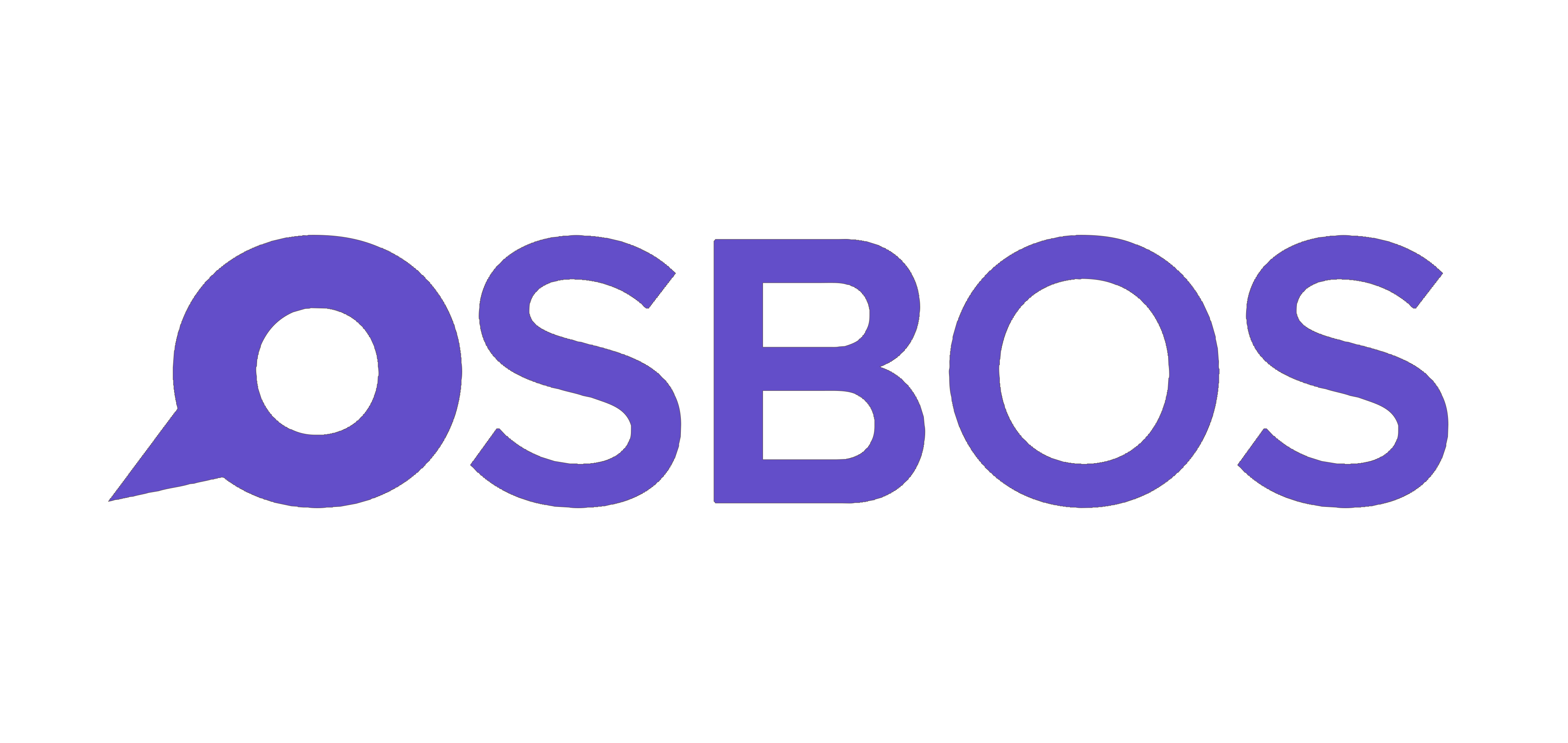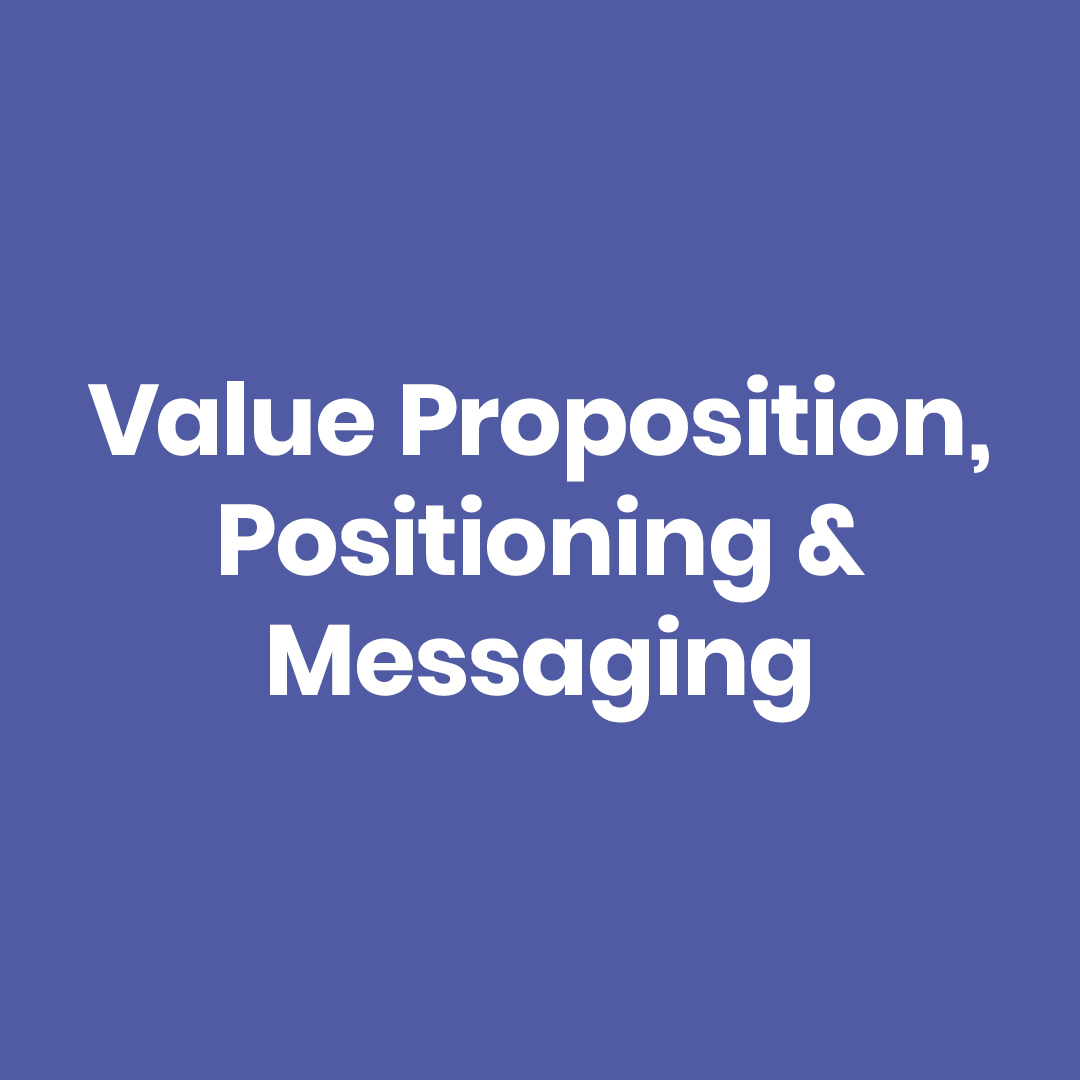The Difference between Value Proposition, Positioning and Messaging
So often used incorrectly – whether innocently or to impress – it can sometimes be difficult to gain clarity on value proposition, positioning and messaging. Confusing the three can have a real impact on our effectiveness as brands, marketers and salespeople though, as our strategy will be fragmented right from the beginning. This quick guide lays out in crystal terms the difference between value proposition, positioning and messaging.
VALUE PROPOSITION
A value proposition describes the overarching promise of a product, service or company.
- What people “buy”, as in the offering your target market is buying in to
- What gap in the market your offering occupies
- What your competitive advantage is and the advantages of other products, services or companies you want to gain share of wallet from
- If applicable, what your cost-benefit it
- A clear articulation of why prospects should engage with your business and the added value they get
- Usually, the output of your business strategy
- With this in mind, there can be multiple positioning statements for a value proposition as positioning is unique to targeted segments or buyer personas
POSITIONING
Positioning statements are a subtype of value propositions and are targeted to specific data or market segments and buyer personas.
- They communicate the unique needs, pain points, motivators and ways of thinking of a single buyer persona or target group
- They are aligned with said personas and groups and are empathetic to their challenges, wants and needs
- They work to make a prospect understand why your product/service is the best and most relevant option for their needs and a solution to overcoming a challenge
- Is essential to persona-based or behavioural marketing and is especially important when developing your brand, product, campaign messaging and content strategy
MESSAGING
Messaging is what you actually say to the buyer personas and target segments (remaining true to your overarching value proposition) and the form this will take.
- It is the essential, intermediary step between positioning and creating content
- It can constitute “core” messaging, which is a clear, concise and targeted short statement about your brand, product or service that comes with a call to action
- This can then develop into a “story”, which encourages audiences to care and aligns you with them. Stories are fluid (you can adapt based on insights about your target segment or buyer persona) but always remain true to your core messaging
- The story should then have a platform-appropriate “hook” that walks the audience into taking an action. How do you get attention and encourage a desired next step?
We hope you found our quick guide to the difference between value proposition, positioning and messaging a welcome refresher. OSBOS works with clients across locations including Cheshire, Staffordshire, Shropshire and Birmingham from our Gadbrook Park, Northwich offices with low-risk, scalable outsourced sales and outsourced marketing. To find out how we can help you uncover, develop and define your value proposition, positioning and messaging just call + 44 (0) 1606 822606 or email .





